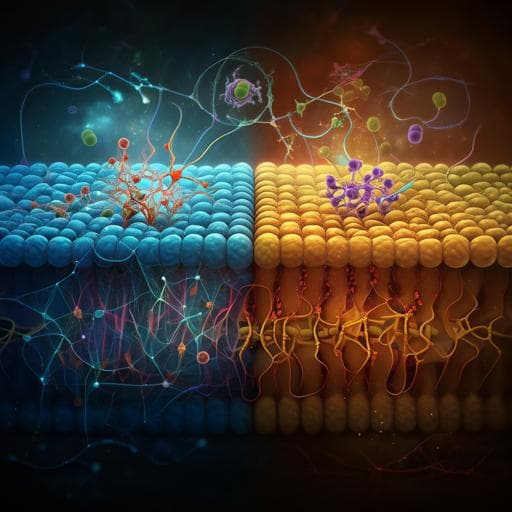
Medicine and Health
Dual role of Ca²⁺-activated Cl⁻ channel transmembrane member 16A in lipopolysaccharide-induced intestinal epithelial barrier dysfunction in vitro
J. Sui, C. Zhang, et al.
This study unveils the intriguing dual role of TMEM16A in intestinal epithelial barrier function amidst LPS-induced damage. Conducted by a team of researchers from Dalian Medical University, the findings reveal how TMEM16A exacerbates dysfunction with low LPS doses while providing protection at higher doses, challenging our understanding of epithelial responses to inflammation.
~3 min • Beginner • English
Related Publications
Explore these studies to deepen your understanding of the subject.







